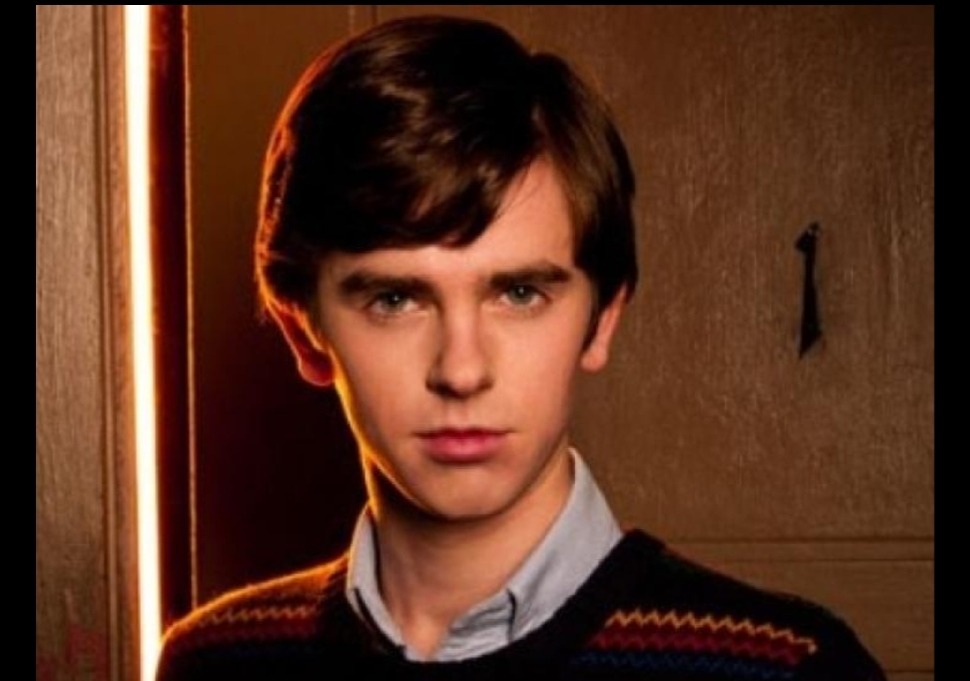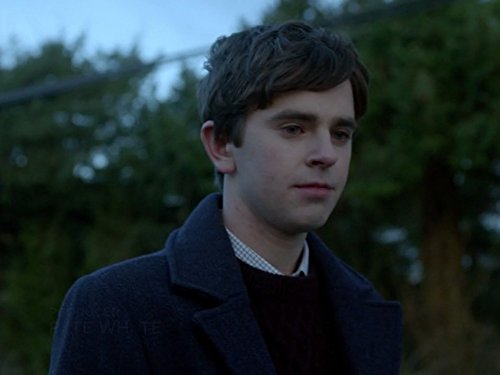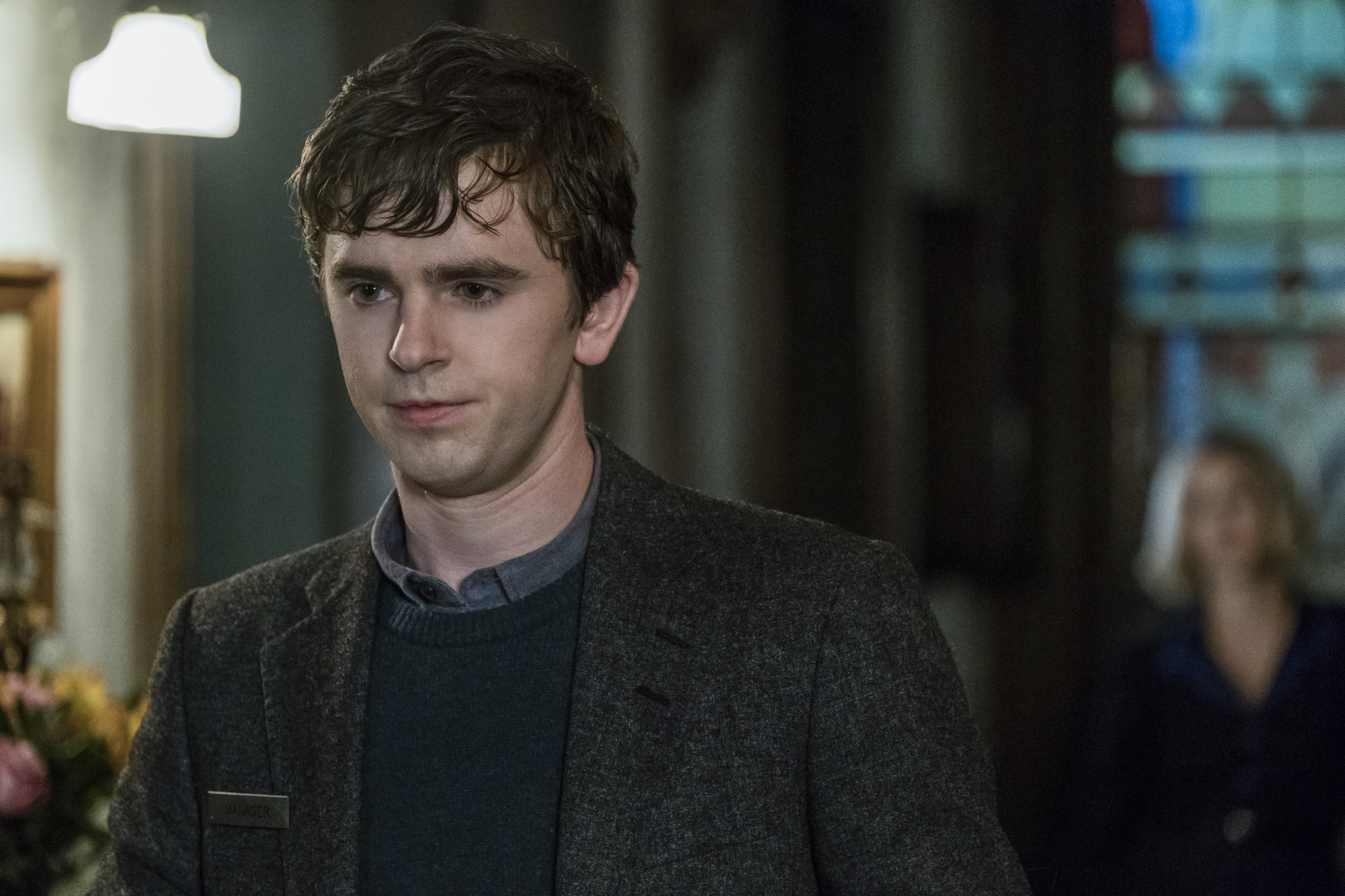

Hitchcock always the master of suspense adds a layer of mystery with the Bates motel and its owners. The plot is reminiscent of a crime thriller with familiar tropes such as a Premediated crime, an absconding accused and a hefty sum present in the first twenty-six minutes of the feature. Bates is an interesting moment in the movie, which almost starts off like an episode of Alfred Hitchcock Presents. It is what follows that gives Norman Bates the second rank in the aforementioned list. He is gentle, offers her food and a safe haven. (“No one ever stops here.”) Marion Crane speaks with him after the Phoenix business and an unintended consequence of that conversation is that Marion decides to let herself out of her ‘personal trap’ and right the wrong she had done. He is introduced as a helpful, if slightly eccentric motel manager, whose business has been down of late. Seeing his loneliness, one can’t help but feel sorry for him. Norman Bates on the other hand, is introduced as a ‘hermit’ living a secluded life on his ‘private island’. Darth Vader creates awe and fear, Hannibal Lecter can get into anyone’s brain, Freddy Krueger (at number 40) is death personified while Alex DeLarge (at number 12) is an incorrigible ruffian who likes to dish out his ‘ultra-violence’ on unsuspecting innocents. It is also the perception that the director seeks to create.


Norman bates serial#
A cold-minded serial killer with a desire for human flesh on one end and a brutal enforcer of a totalitarian regime on the other.īut evil is not seen only though prism of actual actions. In the American Film institute’s 100 years…100 Heroes & Villains, Norman Bates sits at number two, sandwiched between Hannibal Lecter and Darth Vader. Photo by Moviestore/REX/Shutterstock (1622408a) Psycho and Norman Bates are among the best examples from this period. The Night of the Hunter, Cape Fear, The Innocents are a few instances where the antagonists were not merely the ‘villains’ but became fear itself. It saw creation of fear not through gruesome acts (such as Michael Myers running through a bus-load of teenagers) but in a subtle fashion, by creating an image of horror.

In 1950s and 60s when there were greater restrictions in place than today, a select list of film-makers were able to create psychological thrillers which left an indelible impact on the mind of viewers while only hinting or leaving clues as to the evil actions of the antagonists. In fact, this might take them away from the point of story and defeat the very purpose of creating art.
Norman bates movie#
For instance, in real world a lot of evil individuals commit unspeakable offences against minors, to show the same in a movie villain in all its rawness would make it tough for the audience to digest. To create the same terror on screen while showing the crimes in a similar fashion, is nearly impossible unless executed in a manner which avoids tripping on the societal attitudes. The worst of humans such as Ted Bundy, John Wayne Gacy committed gruesome crimes with no limitation until they were caught. Thus, we see a sort of ‘distancing’ between the villain we see on the screen and the ones we witness in the real world. The need of extravagant villains which sit within societal boundaries was also borne out of the above basics. The above make it tough for the creators to show certain truths without tweaking them to broaden their mass appeal. It invites wider societal scrutiny, this being usually in some form of censor/rating/restrictions in the format. When a work of fiction is made in an audio-visual format, its audience reach is beyond those who are privileged enough to read and write. While creators have played with this trope (and made changes to it, to suit their needs) since eternity, the general expectation/assumption is that the ‘Hero’ trumps it all and emerges victorious. It is felt of as a need to make the audience relate to a particular character and then provide them with comfort (such as a love interest, a friend who is a comic relief etc.) and distress (a villain, a demanding quest). Another aspect of fictional works is that they are often created from the point of view of an individual, rather than showing a group/multiple perspective(s). There is a distance between real world and make-believe and that is perhaps the entire charm to fiction. Works of fiction have a way of disassociating from reality and creating their own worlds.


 0 kommentar(er)
0 kommentar(er)
